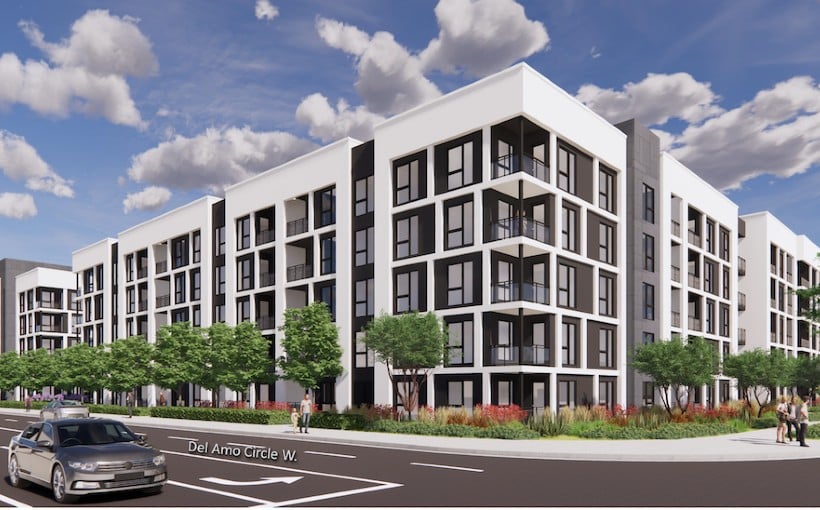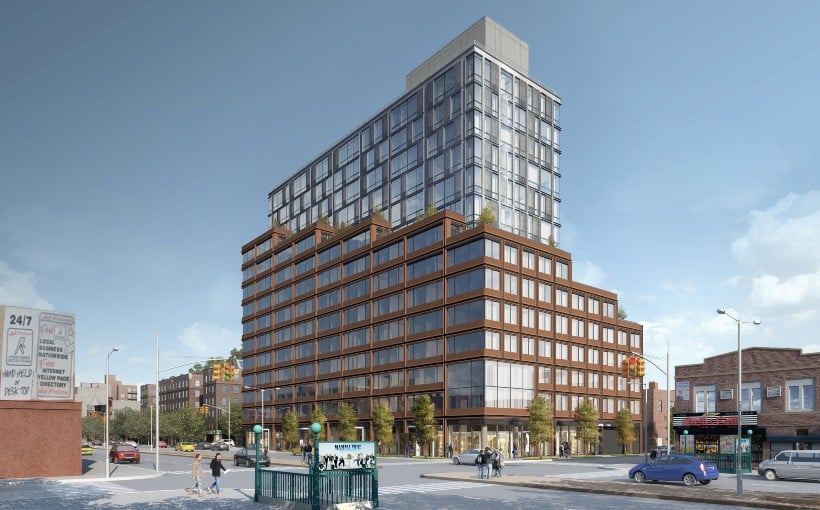The office market has remained stagnant for several quarters, with limited absorption, high vacancies, and no growth in rent. However, the latest Q3 2024 reports show signs of improvement. While rents are still relatively unchanged, there has been an increase in absorption. Two out of four reports have reported positive absorption this quarter and all have noted a decrease in new construction projects.
According to Colliers’ U.S. Office Market Statistics 24Q3 report, this suggests that the U.S. office market is on its way to recovery as leasing demand increases and new building completions remain low.
All reports agree that vacancy rates were at their lowest since the Great Recession (according to Colliers). Both Colliers’ North American Markets Report for Q3 and Lee & Associates’ Q3 report also showed positive numbers for absorption during this period.
On the other hand,Cushman & Wakefield’s MarketBeat Office Q3 2024and JLL’s U.S.Office DynamicsforQ3reported negative numbers for absorption; however,the figures were higher than previous quarters.”Over half of US office markets (48 out of93) had betterabsorptionnumbersthisquarterthanlastyear,”stated Cushman&Wakefieldanalysts.”Similarly,a similar numberofmarkets sawanincreaseinabsorptioncomparedtothepreviousquarter.”
Despite hybrid work arrangements continuing,some companies are starting to return employees back into offices.JLL analysts statedthatofficeattendancehas reacheda post-pandemicrecordinQ32024,andlargeremployersarebeginningtoputpoliciesinplaceindicatingasentimentshiftinfavorofofficeuse.
Another significant trend reported was a decline in new construction projects.The Cushman & Wakefieldreportnotedthattheconstructionpipelineisatitslowestpointsince2012.Lee&Associatesalsoconfirmedthis,statingthatconstructionstartshavenotbeenlower sincetheyear2013.”Inthepastyear,constructionstartshavebeenattheirlowestonrecord,”theyadded.
JLL analysts also noted a decrease in total availability rates due to fewer new construction projects and more conversions or removals of existing inventory for other purposes.
Despite this trend, tenants still prefer high-quality buildings over older Class B and C properties. Cushman & Wakefield analysts pointed out that occupancy rates in these top-tier buildings are nearly 800 basis points higher than the overall office average, especially in gateway cities. Lee & Associates added that demand for these types of buildings remains strong even in suburban and secondary markets.
However,this could pose a problem for tenants as there will be fewer new options available with the decline in construction projects.Just one-fourthoftheaverage numberofnewbuildingsareexpectedtobedeliveredin2026and2027,Cushman&Wakefieldanalystsnoted.
JLL analysts agreed,sayingthatthis slowdowninconstructionwilllikelycontinuelongerduetomorefundingbeingallocatedtootherpropertytypes.However,instrongmicromarketswithfullycommittedprojectsordevelopmentswithcompellingfinancialprojections,theconstructionprocessmaybeginearlieraccordingtothe JLL experts’ predictions.Lee&Associatesalsoaddedthatthereisstillalotoffullyleasedspaceyettorollover,andit’spossiblethatwehaven’tseenalltheresultsofpost-pandemicoccupancystrategiesyet.Thiscouldleadtoadditionallossofofficeoccupancyoverthenexttwoorthreeyears,Lee&Associatesanalystssaid.




